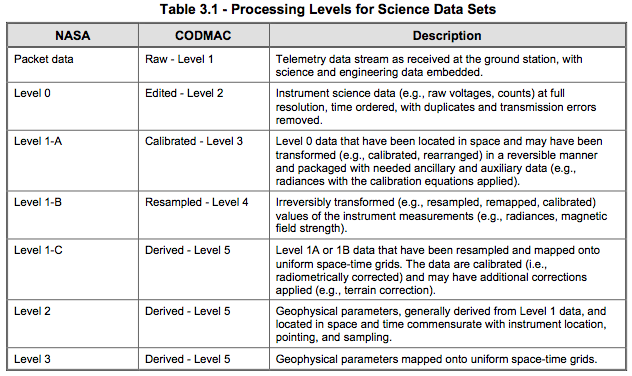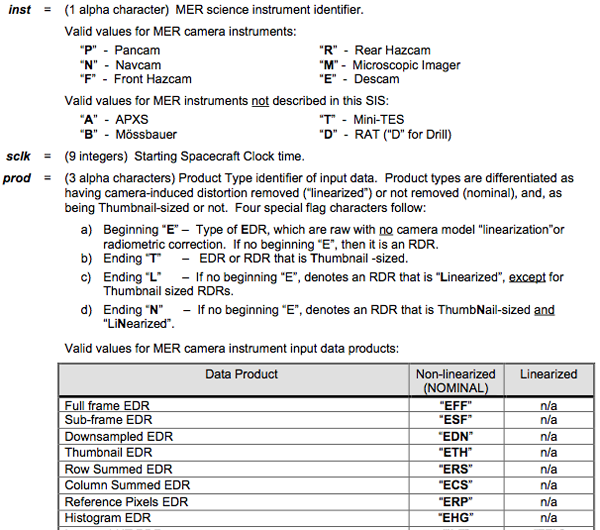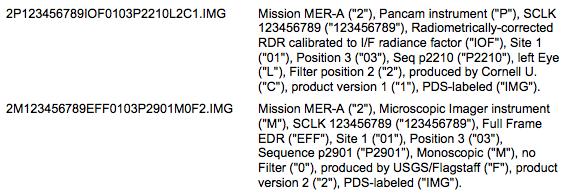Friday, June 11, 2010
Tuesday, June 8, 2010
Monday, June 7, 2010
Sunday, June 6, 2010
Friday, June 4, 2010
Which c++ logging and unit test framework(s)?
Please comment!
Back a few years ago, I wrote slogcxx as an experiment in creating and easy to use logging system. It spent a little under a year as the logging system for GeoZui. I haven't touched the code in a long time and I am sure it can be done better. So, I have two questions that were triggered by a discussion with BRC. What packages would you suggest for C++ logging and unit testing. I did not including anything real in libais and would really like to work towards the best possible infrastructure to make this a long lived package. Some basic thoughts on requirements:
Just looking on Freshmeat, there are a lot of projects out there and slogcxx is in the pile still: C++ logging and C++ unit testing. The thought is often to look at Boost (e.g. Boost Logging Lib v2 and Boost test) because of the incredible peer review, but it is a pretty heavy dependency.
There are just so many options. Building a large system on the wrong one will lead to serious pain, but using a good one will encourage better software.
Dreaming of being able to subscribe to an AMQP feed for a cluster and user interface tearing through massive data crunching and knowing that the system passed a slew of unit tests that give us confidence that new code is less likely to pull the system down...
Another source of info: Wikipedia List of unit testing frameworks. There doesn't seem to be an equivalent page for loggers, but there is a little in the Java lib4j ports section.
P.S. I'm really starting to think that GNU autoconf sucks. It may be the standard, but a configure system is supposed to help, not break my brain. It shouldn't require massive training and experimentation to get it into place. I really should go look at cmake and scons again.
Back a few years ago, I wrote slogcxx as an experiment in creating and easy to use logging system. It spent a little under a year as the logging system for GeoZui. I haven't touched the code in a long time and I am sure it can be done better. So, I have two questions that were triggered by a discussion with BRC. What packages would you suggest for C++ logging and unit testing. I did not including anything real in libais and would really like to work towards the best possible infrastructure to make this a long lived package. Some basic thoughts on requirements:
- Must not be GPL, but LGPL is okay. It has to play nice
- Be open source
- Must be thread safe - a unit test may fire off a bunch of threads for a test
- The logger must be able to handle multiple producers and consumers that are both in the same process and external
- Likely to stick around for a few years
- Relatively easy to use
- Cross platform to Windows, Mac, and Linux
- If not already available in fink, rpm, and deb form, then easily packaged
- Have a safe for work project name... ahem
Just looking on Freshmeat, there are a lot of projects out there and slogcxx is in the pile still: C++ logging and C++ unit testing. The thought is often to look at Boost (e.g. Boost Logging Lib v2 and Boost test) because of the incredible peer review, but it is a pretty heavy dependency.
There are just so many options. Building a large system on the wrong one will lead to serious pain, but using a good one will encourage better software.
Dreaming of being able to subscribe to an AMQP feed for a cluster and user interface tearing through massive data crunching and knowing that the system passed a slew of unit tests that give us confidence that new code is less likely to pull the system down...
Another source of info: Wikipedia List of unit testing frameworks. There doesn't seem to be an equivalent page for loggers, but there is a little in the Java lib4j ports section.
P.S. I'm really starting to think that GNU autoconf sucks. It may be the standard, but a configure system is supposed to help, not break my brain. It shouldn't require massive training and experimentation to get it into place. I really should go look at cmake and scons again.
Wednesday, June 2, 2010
BAG file naming convention
Originally posted here: NOAA needs a public software interface specification for multibeam data. Reposted here for discussion.
Next week, I will be talking in Norfolk about technology transfer between NASA And NOAA. One thing that is clear, we need a file naming convention for published data files that come out of NOAA. These things are not fun, but they make or break the long term usability of data. When I join a NASA mission, the first few times I try to use these filename, it is a bit confusing, but once you lookup the codes and start to use them, you realize the power of well controlled file names. The naming convention for NOAA BAGs is great that it has a survey name, but the rest of the filename is basically information. It's done differently and there is no reference in the metadata to the standard applied. To kick off this idea, let us first think about just BAGs. What should be in the filename and how can we code it?
Take a look through the Mars Exploration Rover (MER) Software Interface Specification (SIS): MER_camsis_v4_9-25-07.pdf [JPL]
First, take a look at the Data Processing Level. With multibeam and lidar data, we have the similar kinds of concepts, but the data usually starts off collected with an IMU providing GPS derived positioning (not something we have on Mars at the moment).

Now for the part that I really want you to take a look at: Section 4.4, File Naming, P22. The file names are broken into a whole bunch of fields:
Each of these fields is defined in the document. For BAG instrument type, I could see codes something like this: S = Single beam sonar M = Multibeam, l = topo lidar, L = bathy Lidar, G = predicted from Gravity, c = combined sensors, C = lead line or similar from a Cable, etc. Then when I had a BAG that
was from a bathy lidar, I would not be surprise when I opened it and it did not look like multibeam sonar data. There was no need to look at the metadata (which would not have told me) or the non-machine-readable Descriptive Reports.

The document has some examples of decoding image file names:

These kinds of conventions are really powerful, but they do take a while to create and debug. I've spent hundreds of hours working on spacecraft imaging teams making sure that everything in the SIS document is correct.
Next week, I will be talking in Norfolk about technology transfer between NASA And NOAA. One thing that is clear, we need a file naming convention for published data files that come out of NOAA. These things are not fun, but they make or break the long term usability of data. When I join a NASA mission, the first few times I try to use these filename, it is a bit confusing, but once you lookup the codes and start to use them, you realize the power of well controlled file names. The naming convention for NOAA BAGs is great that it has a survey name, but the rest of the filename is basically information. It's done differently and there is no reference in the metadata to the standard applied. To kick off this idea, let us first think about just BAGs. What should be in the filename and how can we code it?
Take a look through the Mars Exploration Rover (MER) Software Interface Specification (SIS): MER_camsis_v4_9-25-07.pdf [JPL]
First, take a look at the Data Processing Level. With multibeam and lidar data, we have the similar kinds of concepts, but the data usually starts off collected with an IMU providing GPS derived positioning (not something we have on Mars at the moment).

Now for the part that I really want you to take a look at: Section 4.4, File Naming, P22. The file names are broken into a whole bunch of fields:
<scid><inst><sclk><prod><site><pos><seq><eye><filt><who><ver><ext>
Each of these fields is defined in the document. For BAG instrument type, I could see codes something like this: S = Single beam sonar M = Multibeam, l = topo lidar, L = bathy Lidar, G = predicted from Gravity, c = combined sensors, C = lead line or similar from a Cable, etc. Then when I had a BAG that
was from a bathy lidar, I would not be surprise when I opened it and it did not look like multibeam sonar data. There was no need to look at the metadata (which would not have told me) or the non-machine-readable Descriptive Reports.

The document has some examples of decoding image file names:

These kinds of conventions are really powerful, but they do take a while to create and debug. I've spent hundreds of hours working on spacecraft imaging teams making sure that everything in the SIS document is correct.
Subscribe to:
Posts (Atom)



